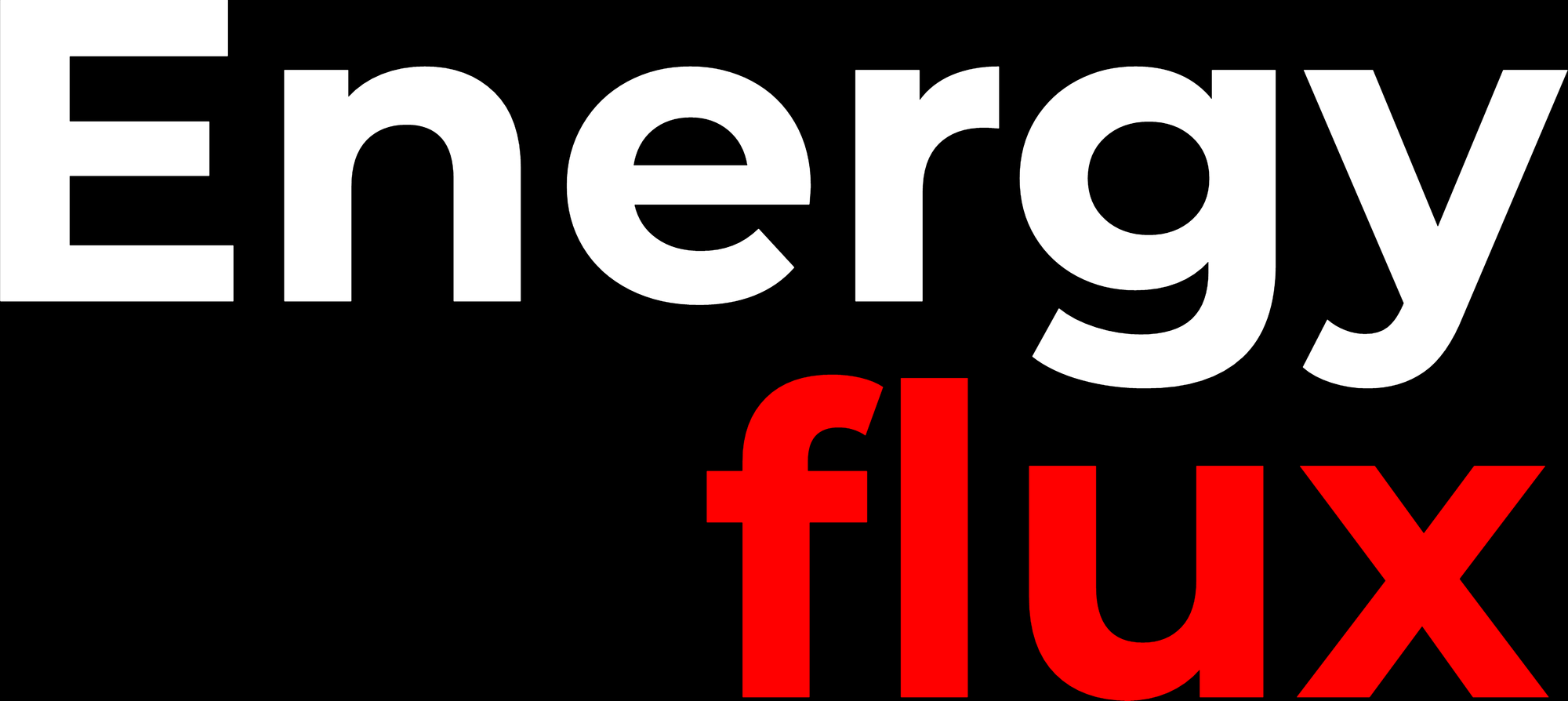Repent at leisure: Belgium’s rush to crush nuclear sparks dash for gas
RWE buys Belgian CCGT project to bid for lucrative capacity payments, BP's share buyback plan + MORE 💥Energy Flux💥 Wednesday, 7th April 2021


Member discussion: Repent at leisure: Belgium’s rush to crush nuclear sparks dash for gas
Read what members are saying. Subscribe to join the conversation.





